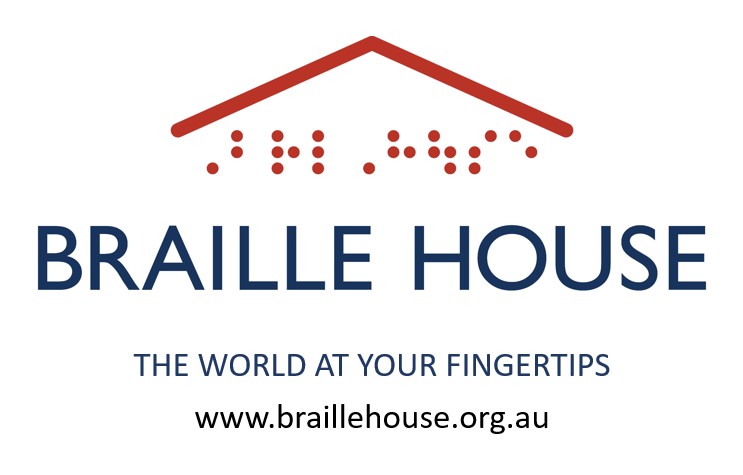[rev_slider alias=”home-slider”]
The Future with Braille

Santiago Velasquez has always been vision impaired and was introduced to Braille at about the age of three. In 2008, with limited opportunities for people with vision impairment available in their home country Colombia, his parents decided the family would move to Australia.
Santi started over learning a new language in Braille at Cavendish Road State High School, where his teachers encouraged him to enter the Braille House’s Literacy Challenge. Initially he came for the experience and was amazed at how quickly the other students could read and write Braille. After a few years participating in the competition he happily took out first place.
With the belief instilled in him by his parents that he can do anything, he would just do it without vision, Santi began studying a Bachelor of Engineering at Queensland University of Technology, setting precedents as the first vision impaired student in Australia to do electrical engineering.
For Santi, Braille has been an integral part of learning electrical engineering as he is able to interact with the content through touch, allowing him to learn the complexities of how some circuits are put together.
The challenge however, is not having Braille available at such a detailed and high level of learning. While Braille displays are available, they have limitations such as cost, weight and the amount of Braille they can display.
With that in mind, Santi founded a company called EyeSyght, which is developing technology that enables graphical content from any screen to be rendered in a tactile way, in real time.
As well as assisting the vision impairment market, the technology may be used for virtual reality, the medical industry or eCommerce. The aim is to be affordable for people with vision impairment and to continually develop the technology to keep it relevant.
Santi believes Braille is critical in a lot of aspects; obviously for entertainment and education, but more so for basic things like getting about, signage and directions. He believes Braille needs to adapt to a medium that people are willing to carry and to utilise.
With entrepreneurs like Santi, Braille in the future will not only make more information more accessible, it will be indispensable for the vision impaired.
